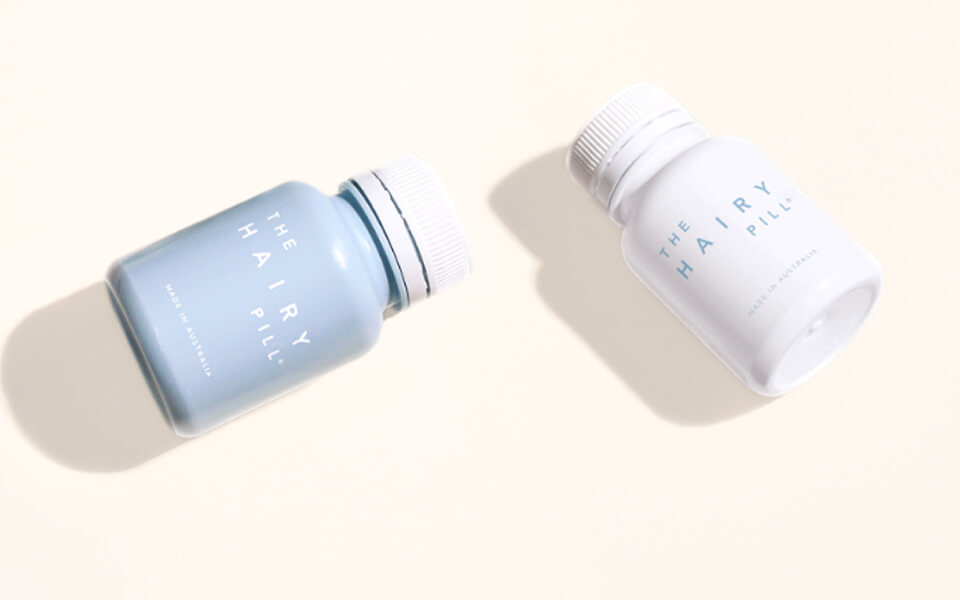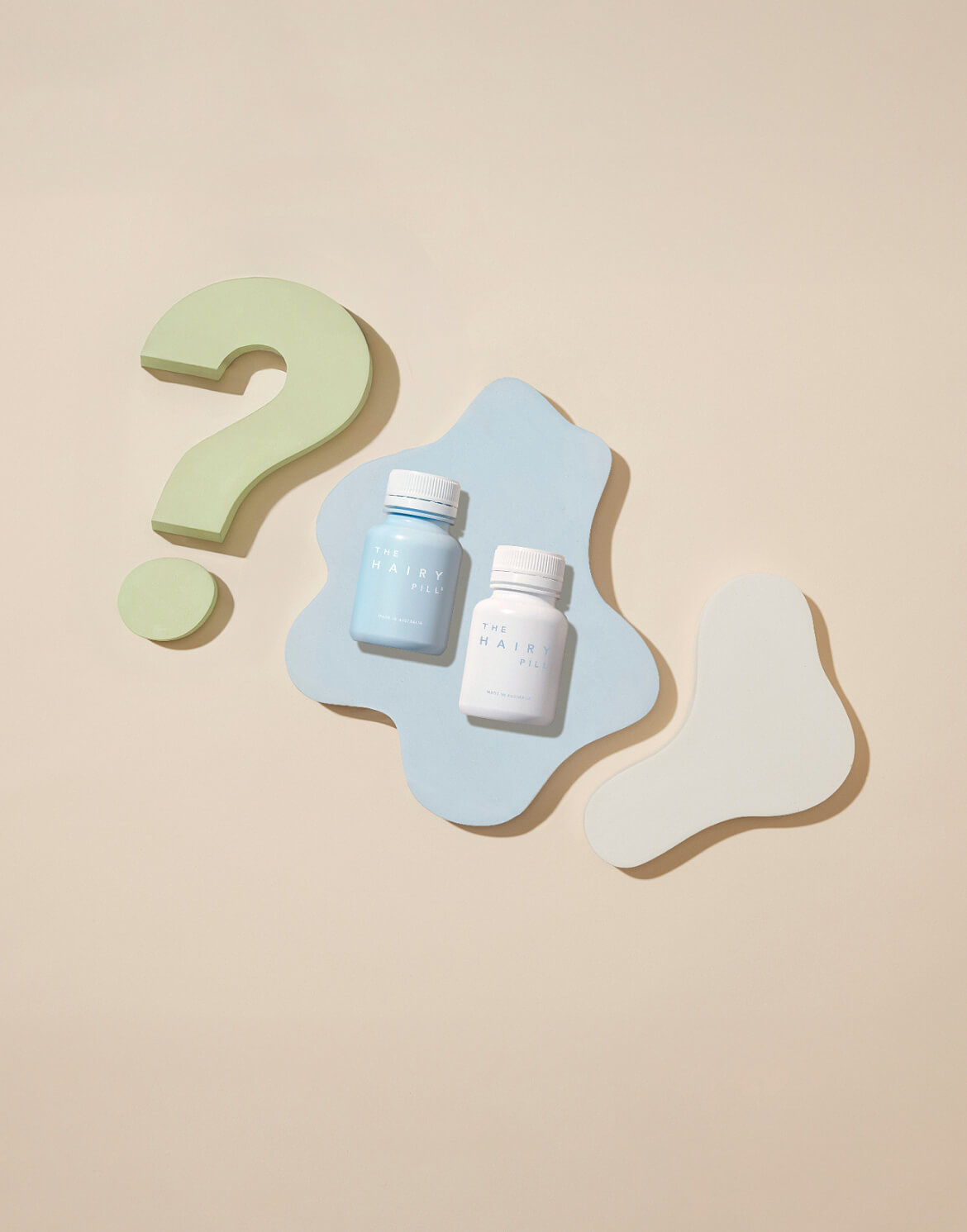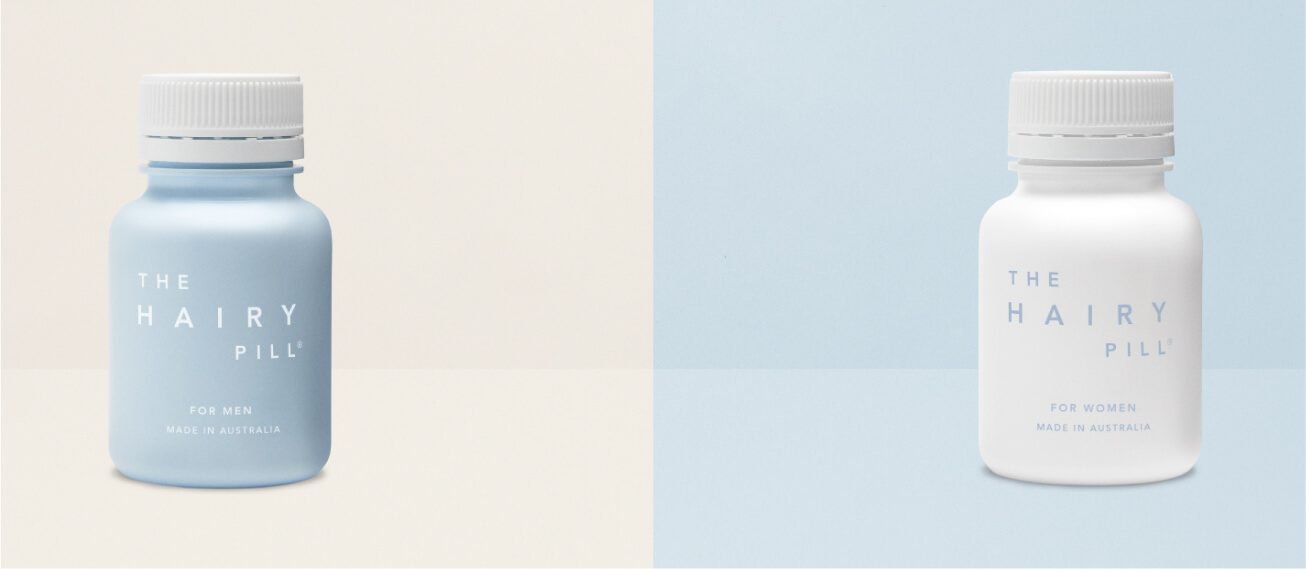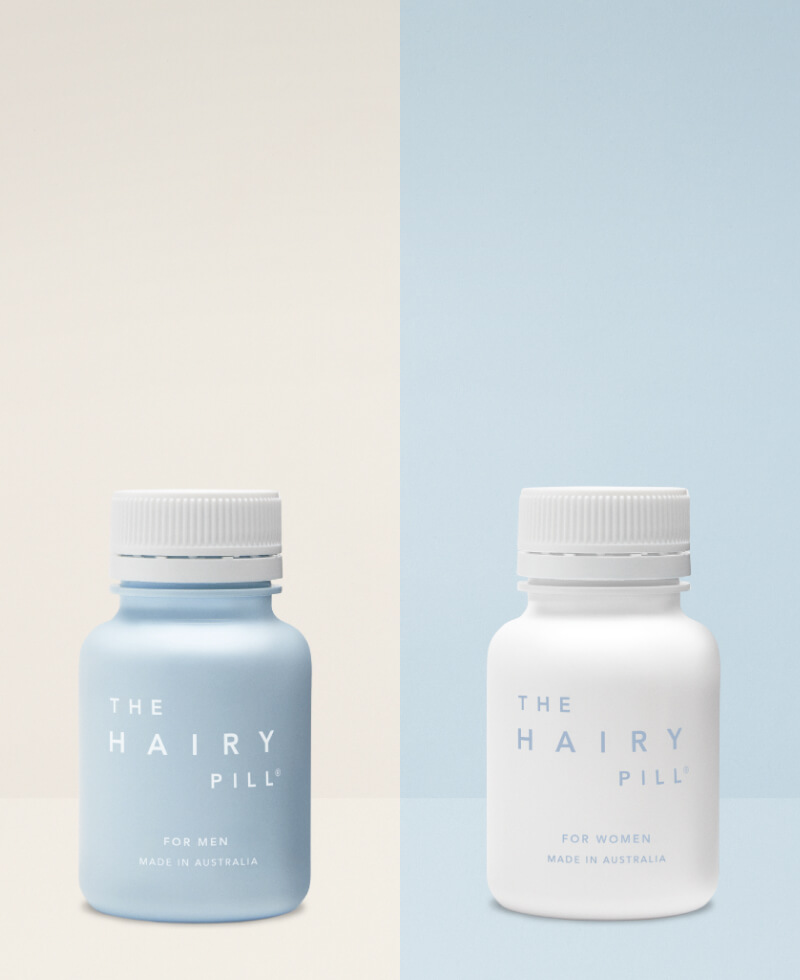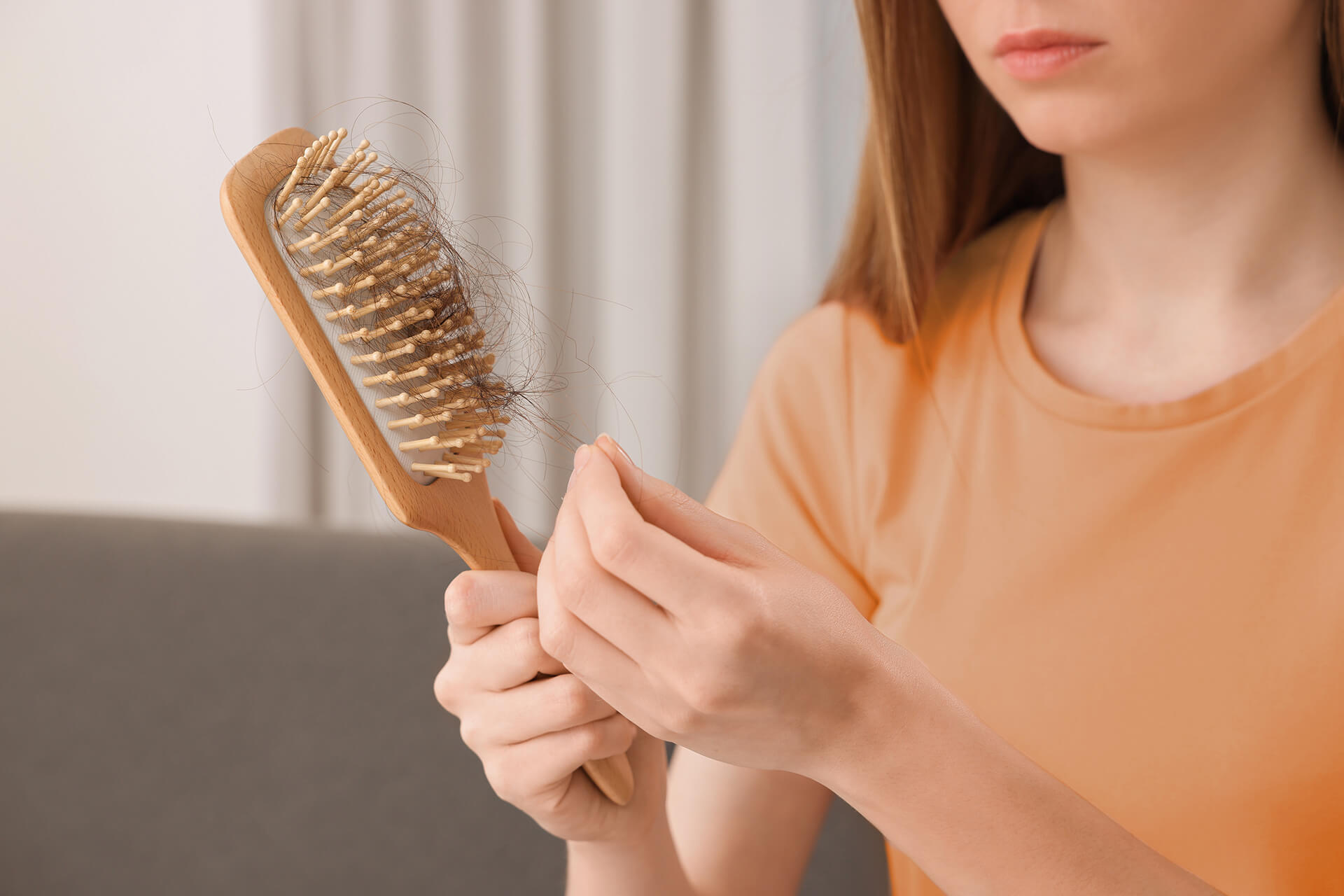The Best Medications for Hair Loss
Effective hair growth medications aren’t about gimmicky elixirs that promise luscious locks or a full head of hair overnight.
No, the best medication for hair loss targets the root of the problem and brings the hair growth cycle back into balance. These hair loss treatment products typically contain active ingredients to stop hair loss and stimulate regrowth.
Finasteride and minoxidil are the only hair loss medications approved by the Australian Therapeutic Goods Administration (TGA) to treat thinning hair and balding.
Other prescription hair loss medications include spironolactone (Carospir, Aldactone) and oral dutasteride.
If these hair growth medications don’t work, all is not lost. Procedures such as hair transplants and laser therapy are available.
| Treatment | Treatment type | How it works | Who it’s for |
|---|---|---|---|
| Finasteride | Prescription medication | Oral pill | Men only |
| Minoxidil | Over-the-counter medication | Oral pill or topical spray | Men and women |
| Sprionolactone | Off-label prescription medication | Oral pill | Women |
| Dutasteride | Off-label prescription medication | Oral pill or topical spray | Men |
| Platelet-rich plasma (PRP) | Procedure | A series of injections | Men and women |
| Low-light laser therapy (LLLT) | Procedure | Laser | Men and women |
| Hair transplant | Procedure | Surgery | Mostly men |
Finasteride
Finasteride has been one of the most popular treatments for men’s hair loss for the last 20+ years. It’s often recognised by its brand name: Propecia.
This prescription hair loss treatment is a 5-alpha reductase inhibitor, which stops an enzyme in your body from creating dihydrotestosterone (DHT), the hormone responsible for hair loss.
A 1999 clinical trial by Merck Research Laboratories found that as little as 0.2 mg of finasteride decreased the amount of DHT in the body by as much as 60–75%.
Since DHT can damage hair follicles and inhibit their ability to grow hair, you can see why less might be better.
When used to treat male pattern baldness, finasteride is usually prescribed at a dose of 1 mg per day and taken orally as a pill. You can expect to see some improvement with your hair after 3–6 months but this is an ongoing treatment; hair loss can recur if you stop taking the pills.
Side effects are generally mild; the 3 most common side effects — decreased libido, erectile dysfunction, and ejaculation disorder — are experienced by ≥1% of people, according to clinical trials.
Finally, did you note above that we mentioned finasteride as a hair loss medication for men?
Finasteride is not safe for women who are pregnant or may become pregnant, as it can cause birth defects in male babies. It is rarely prescribed to premenopausal women and women are cautioned to be careful even when handling broken pills.
Learn more about finasteride as a hair loss medication.
Minoxidil
Minoxidil (REGAINE®) is a hair loss prescription pill or an over-the-counter topical lotion (usually applied directly to the scalp twice daily).
While minoxidil is a popular treatment among men with male pattern baldness, it’s also the main hair growth medication for female pattern hair loss.
Minoxidil helps shift hair follicles into the growth phase faster and keeps them there longer, encouraging regrowth — but we don’t know the exact mechanics behind this process.
One theory is that minoxidil works because it’s an ‘antihypertensive vasodilator’ — it relaxes and enlarges small blood vessels. By opening up the blood vessels, more blood can carry oxygen and nutrients to the hair follicles.
Plenty of evidence shows that minoxidil works, although it takes time (on average 6–9 months) to see results.
One randomised clinical trial of 393 men with androgenetic alopecia found that 5% topical minoxidil significantly improved hair density (providing 45% more hair regrowth than the 2% minoxidil treatment by week 48).
Some studies also show that topical minoxidil treatment may help promote hair regrowth for female pattern hair loss (with 60% of patients experiencing improvements) — although a 2% dosage is preferable for women.
You don’t need a prescription to access topical minoxidil but doctor supervision is recommended to track any side effects, which can include scalp irritation and redness and the growth of unwanted hair elsewhere.
As with finasteride, if you discontinue minoxidil treatment, you can also lose any progress you made.
Finally, minoxidil is not considered safe for women who are pregnant, planning to get pregnant, or breastfeeding.
How The Hairy Pill® can help you
Spironolactone
Spironolactone (Carospir or Aldactone) is a type of diuretic that helps your body get rid of extra water and salt while keeping potassium levels balanced.
It’s often used to treat high blood pressure, heart failure, and swelling (oedema) related to the heart, kidney, or liver.
Like finasteride, it’s also an antiandrogen, which means it helps lower testosterone levels and block the effects of certain hormones on the hair follicles.
So while it’s not approved by the TGA as a medication for hair loss, it’s still used as an off-label treatment for female pattern hair loss. Paradoxically, it’s also an approved treatment for female hirsutism.
In 2005, Professor Rodney Sinclair (the dermatologist behind The Hairy Pill®) and two other researchers conducted a study of 80 women with female pattern hair loss and hair follicle miniaturisation.
Forty of these women were treated with 200 mg/day of spironolactone for a minimum of 12 months. Photographs of the mid-frontal and vertex scalp were taken before treatment and a year later, with the results finding that 44% of women had hair regrowth while in another 44%, progressive hair loss stopped.
In 2017, Professor Sinclair conducted a pilot study on 100 women who received a combined minoxidil (25 mg) and spironolactone (25 mg) treatment for 12 months. He found that the once-daily pills were a safe and effective treatment for female pattern hair loss.
The most common side effects of spironolactone are mild, affecting only about 1% of patients. They include:
- Feeling dizzy or nauseated
- Being sick
- Muscle legs or cramps
- Fatigue or low energy
- Breast pain or enlargement
Dutasteride
As with finasteride, dutasteride is a 5-alpha reductase inhibitor that can stop enzymes from turning testosterone into the DHT hormone responsible for hair loss.
Despite this, the TGA has not approved it as a hair treatment for hair loss. Instead, it’s used as an oral pill to treat benign prostatic hyperplasia (BPH), a non-cancerous enlarged prostate.
But as with spironolactone, dutasteride is sometimes used as an off-label hair growth medication for male pattern hair loss, either as an oral pill or a topical treatment.
You can think of dutasteride as a stronger version of finasteride. Where finasteride blocks about 70% of the conversion of testosterone into DHT, dutasteride can block more than 90%.
So it may come as no surprise that studies show that dutasteride may be more effective than finasteride, which is why it’s a popular alternative treatment when finasteride fails or when hair loss is particularly severe.
The most common side effects mimic those of finasteride — an inability to have or maintain an erection, decreased sex drive, and problems with ejaculation. Other side effects include skin and scalp irritation, cold sweats, and dizziness.
Discover if The Hairy Pill® is right for you.
Take our short hair health quiz and we will work out if The Hairy Pill® can help you and your hair.
Take the quizOther hair loss procedures and therapies
These hair growth medications aren’t your only options when it comes to treating hair loss. There are also a few popular procedures and therapies that have proven to work, including platelet-rich plasma (PRP), low-light laser therapy (LLLT), and hair transplants.
Platelet-rich plasma is a series of cosmetic injections of platelets into the scalp to increase blood supply and improve the health of the hair follicles. Preliminary studies suggest that it may have some success in helping to regrow hair.
Low-level laser therapy may help reduce inflammation and stimulate tissue regeneration and repair using red light waves. Although it may be effective for treating hair loss, more studies are required to determine its long-term effectiveness.
Finally, a hair transplant is a last resort treatment to restore hair to your head when your follicles may be damaged beyond repair. This cosmetic procedure involves grafting skin containing healthy hair follicles onto the bald spots on the scalp. A transplant can take up to 9 months for the hair to take root and fill in.
How Long Does Hair Take to Grow with Hair Growth Medication?
It’s a question we hear a lot: How long does it take for hair to grow back once you start treatment?
No hair regrowth treatments in Australia (or globally) provide a miracle instant cure. It’s a big red flag if any solution claims overnight success. That’s just not how hair works.
Because of the nature of the hair growth cycle, hair growth medical treatments that target the cause of your hair loss and promote hair regrowth take time — between 3 and 6 months on average.
But all good things take time. Read one patient’s journey with The Hairy Pill®.
Ready to start your hair growth journey?
- Free express shipping
- Unlimited doctor consultations
- Simple once a day treatment
Introducing The Hairy Pill®
Hair loss isn’t just treatable. The solution is easier than ever (we’re talking consultations-from-your-couch, deliveries-to-your-door, one-pill-a-day easy).
The Hairy Pill® is a men’s and women’s hair loss and thinning treatment plan with a specific formulation personalised to your needs. It’s been researched, tested, refined, patented, and clinically proven with evidence supporting hair loss prevention and hair growth.
Along with customisation and home delivery, the treatment plan includes phone consultations with doctors with experience in hair loss who can answer all your questions.
And the best bit? It’s just one pill, taken daily. Get started now.
What to Expect with Your Hair Loss Treatment?
Aside from fully understanding the timeframe from starting treatment to seeing results, it also helps to know about potential side effects.
Fortunately, The Hairy Pill® hair loss and thinning treatment has a very low incidence of side effects. It helps that the process includes a titration dosing strategy.
This means the doctor you consult with will likely start you on a low-dose treatment (this may differ if you’re already on some form of hair loss treatment and moving over to The Hairy Pill® to significantly reduce your chance of having side effects).
Over time, you and our partner doctor can work together to find the lowest effective dose that works for you.
It’s unlikely you’ll experience side effects. But if you do, the doctors and pharmacists can change the dose and/or ingredients in your treatment to remove the side effect/s immediately — all at no extra charge.
We often get asked whether excessive hair growth elsewhere on your body is a side effect of treatment. The short answer is yes — but it’s incredibly rare. The hair follicles on your head are far more responsive to treatment so about 95% of people will not experience this.
This is because the hair follicles on your head have the greatest capacity for stimulation. If you think about the hair on your head, this keeps growing and growing, whilst the rest of the hair on your body only grows to a short length and then falls out.
Also, don’t forget hair shedding isn’t a side effect of treatment — it’s actually a sign that the treatment is working and new hair is growing!
Start Your Regrowth Journey Today
Ready to treat your hair loss and start your journey to fuller, thicker coverage? Join the 41,000+ people who have used The Hairy Pill®. Get started now.


